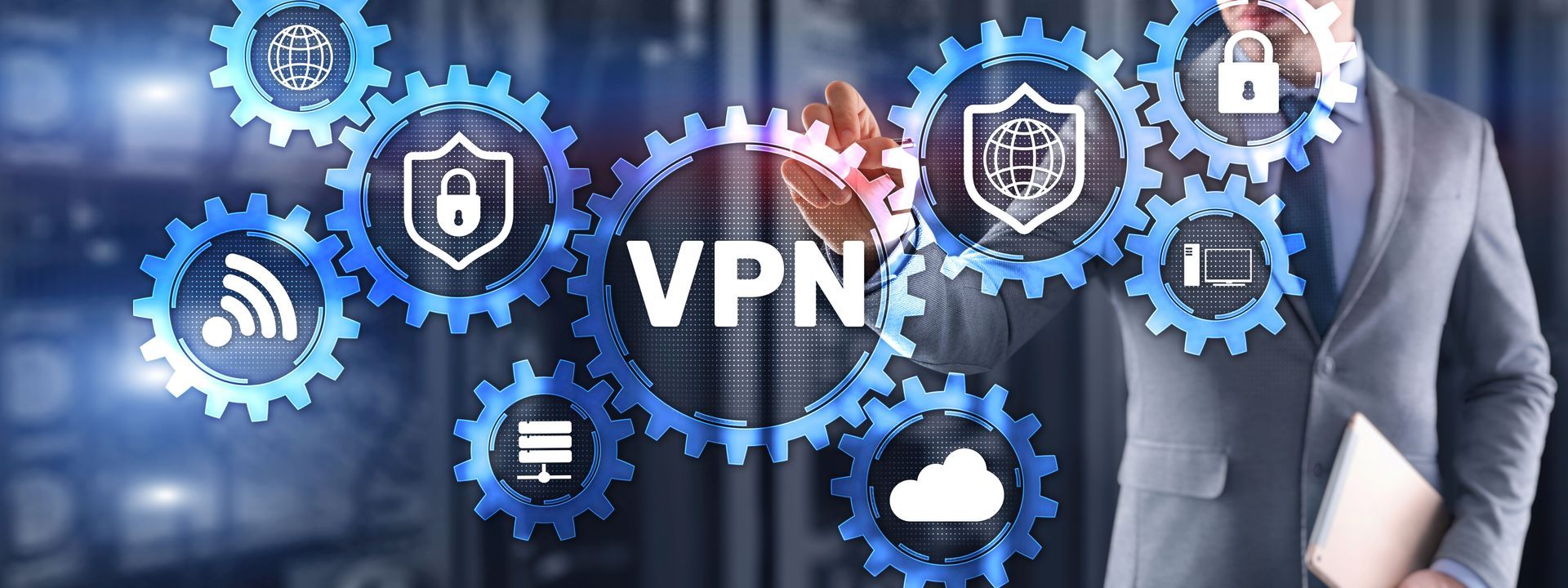Exactly what is Duty Cycle?
So what exactly is Duty Cycle? and what have Zombies got to do with it….
I want talk about the Duty Cycle that we see on our Spectrum Analyzers. Since it’s Halloween, and everyone loves a good horror story, I thought I’d try and explain what Duty Cycle is, with the use of Zombies!
A lot of people explain this concept as Utilization, but there is a problem with that interpretation.
Imagine the scenario pictured below in Diagram 1

Diagram 1 – Morgan ancestral family home (actual photo)
Let’s imagine our story is set in a post-apocalyptic world, but we are safe inside our castle. The only thing we have to watch out for are stray zombies.
Our castle backs up to the ocean, so we are safe in that direction, but we always post a guard to look out of windows 1, 6, and 11 (let’s refer to them as W1, W6, and W11). The green areas show the viewpoints from the relevant windows.
The first thing to point out here, is when the guard is looking out of one window, he cannot see anything out of any other windows. He spends his time every minute looking out of W1 for 20 seconds, then W6 for 20 seconds, then W11 for 20 seconds, then repeats. For this story will ignore the time it takes to move between windows.
So let’s imagine the terrain is quite rough and, if a zombie falls over, it takes him 2/3 of a minute to get back up – that’s 40 seconds. So the zombie walks for 20 seconds, trips, and takes 40 seconds to get back up. Let’s also assume that the zombie is walking in from the viewpoint of W1.
Let’s assume now that Bob (our guard) just finished looking out of W1, and he moves to W6. At this point our zombie starts walking by. As Bob moves to W11, our zombie trips, and falls down. Bob moves to W1 and sees nothing. He then moves to W6 and our zombie gets up and starts walking. As Bob moves to W11 again, our zombie trips and goes down. This cycle continually repeats, and Bob never sees the zombie. Bob reports zombie activity as 0% in W1.
Let’s imagine another scenario: As Bob arrives at W1, the zombie walks by. Bob sees him, and notes the event. Bob moves to W6, zombie falls over and goes down. Bob moves to W11, zombie stays down. As Bob moves back to W1, zombie gets up and starts walking in again. This cycle continues. The result here is Bob reports zombie activity as 100% in W1.
Neither of these reports are true, as neither represent actual zombie activity viewed out of the window. The chances of the zombie falling and staying down as we explained in the scenarios, at these exact timings, are very unlikely, but I hope you get the point.
It is the same with Duty Cycle
It is the same with Duty Cycle. Duty Cycle measures “of the time I looked, how often was the signal present”. Again, the chances of the signal only being there when you look, or never being there as you look, is very unlikely.
Hopefully, you now understand the point of my Halloween tale. Duty Cycle is an approximation of Utilization. How accurate it actually is, can be dependent on how many channels the Spectrum Analyzer has to scan.
Just as if Bob was to stay focused on W1, if the Spectrum Analyzer is locked on a channel – this will give much more accurate results. One caveat here is that you have to take into account the width of the Spectrum Analyzers scan: if it is greater than the channel width, you are ok, BUT if it is less than the channel width, you still get the problem as described above.
So, hopefully, now you have a better understanding of what Duty Cycle is. Next time you look at a Spectrum Analyzer showing you Duty Cycle remember Bob, our brave defender, and ensure you keep this in mind as you interpret the information!
Happy Halloween everyone, see you next time!
If you are looking to make your mark in the IT Industry, then NC-Expert offers excellent training courses aimed at relevant IT industry certifications – contact us today to get started.
NC-Expert Blog





